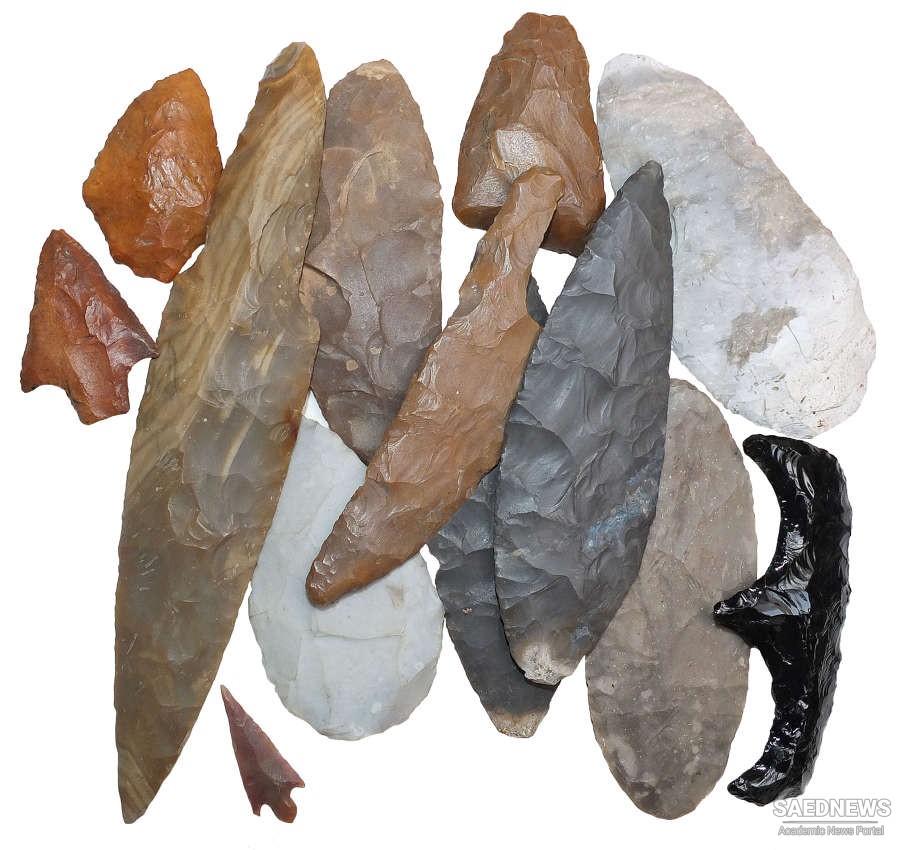It was the accidental cross-fertilization of these that led to the much more fruitful bread wheat, probably the first plant to be sown as a crop, which was harvested with a horn-handled sickle with sharpened flints set into the blade with bitumen. At an oasis near the Dead Sea, as at other places, a village grew into a city: this was Jericho, with fortified walls and buildings, at first of reed and mud, then of unbaked clay until baked brick was used between 8000 and 6000 BC. Barley and millet were also grown and harvested.
As well as the already domesticated dog, the sheep, the goat and the onager, a form of ass, were added to the domestic animals. Pottery was made not only by the old method of smoothing together coils of clay but also on the newly invented potter’s wheel. Copper was used for ornaments in Egypt about 4000 BC. It came into more general use for making tools 1000 years later, at about the time that tin, which could be alloyed with it to make bronze, was discovered in Mesopotamia. Iron was not discovered as a useful material until about 1500 BC.
The social implications of copper and iron were very different. Copper, as later bronze, was something of a rarity and consequently expensive when it had been worked into a tool or weapon by someone with the skill and knowledge to do so. It came, too, at a time before there was an establishment, a hierarchy of king and priest and counsellor. Wealth was the only uncommon denominator and wealth could be equated with worldly success in the business that mattered most— success in agriculture. Copper tools, and weapons, thus became available only to the powerful, to those who were already wealthy, and had the effect of increasing their power and multiplying their wealth. It thus tended to create an elitist society in which the majority, who formed the lower ranks, were still confined to grubbing the earth with tools of bone and wood and stone. It was socially divisive, helping only the rich to become richer in creating the small agricultural surpluses that were to be at the foundation of subsequent cultures.
The technology of ironmaking and the forging of tools and weapons from the refined metal was a more complex process, a more specialized business. On the other hand, iron became more widely available than copper or bronze, it was far cheaper and could be made into much better and longer lasting tools and weapons. Thus, once the techniques and the craftsmen became established, iron tools became more generally available to a wider spectrum of the population than had those of copper or bronze. Iron has rightly been called the democratic metal, the metal of the people, for so it was in comparison with its predecessor.


 Stone the Basic Material for the Primitive Technologies
Stone the Basic Material for the Primitive Technologies














































